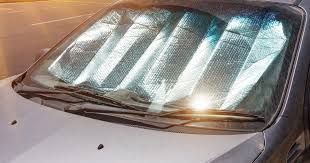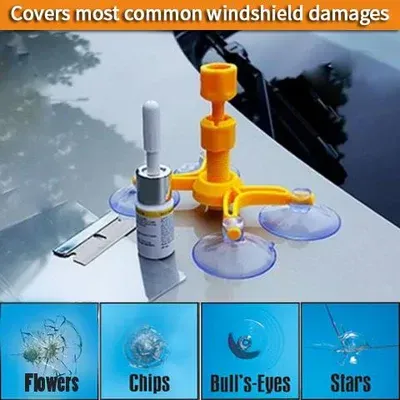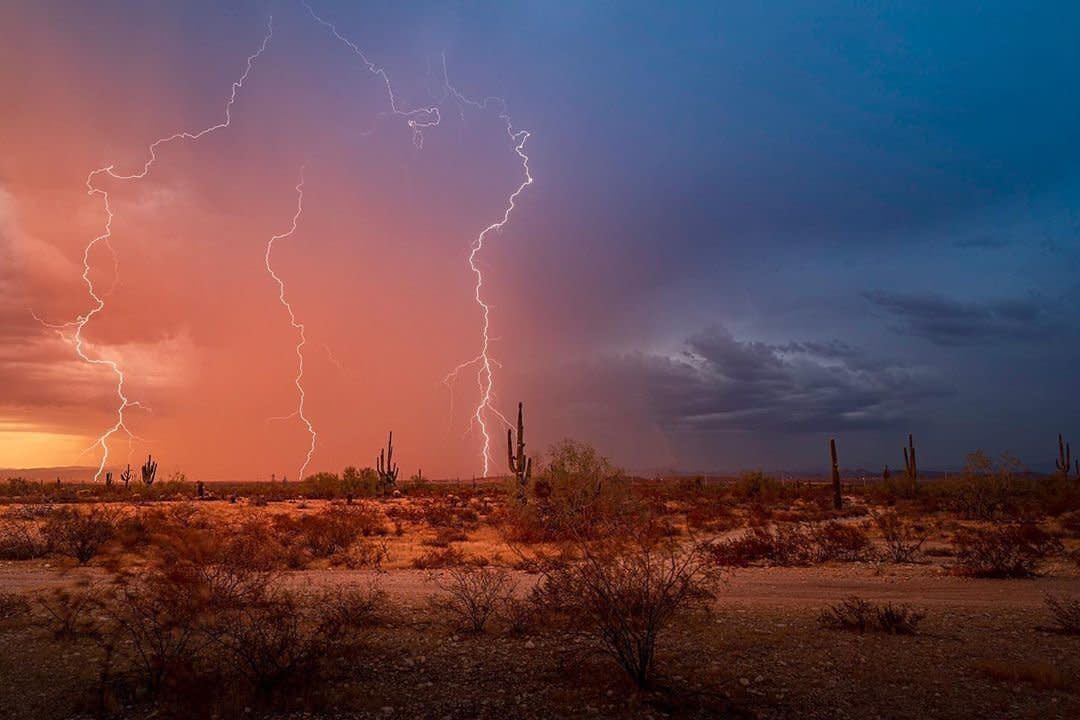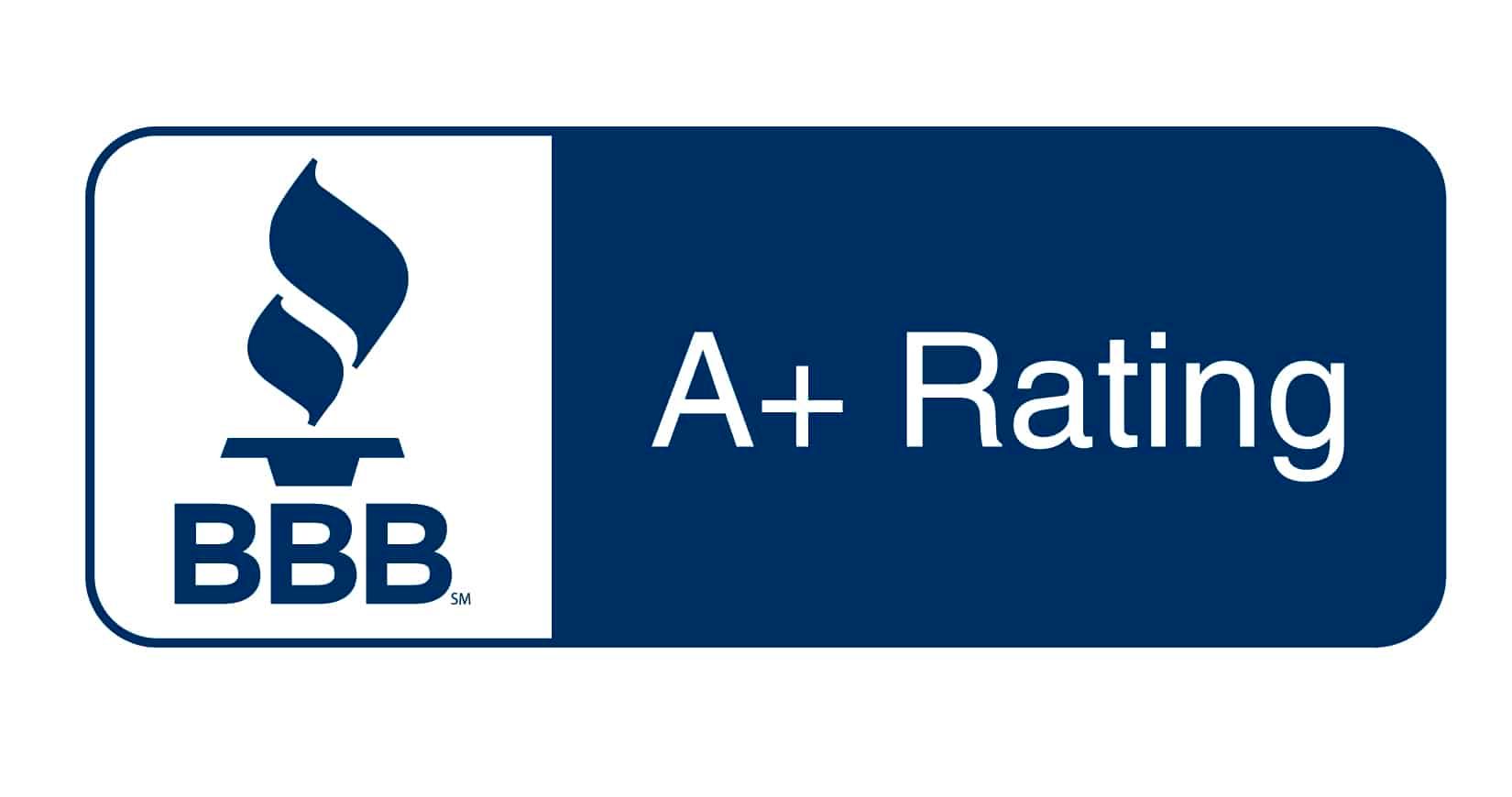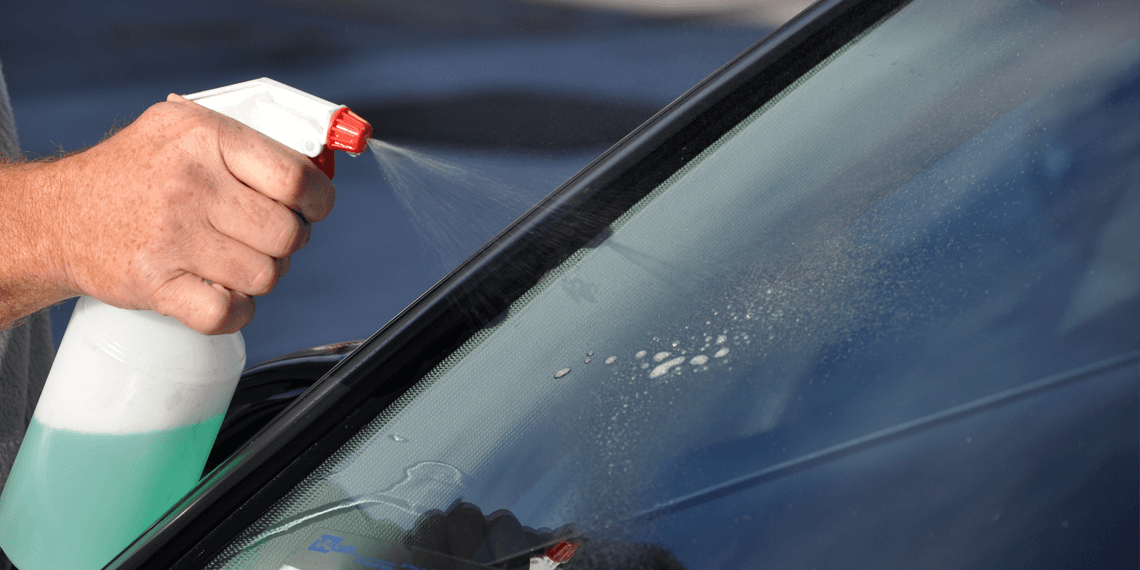Why Do Windshield Cracks Spread Faster in Arizona’s Desert Climate?
Windshield cracks spread faster in Phoenix, AZ, due to extreme heat, temperature fluctuations, and road debris. Learn why Arizona’s climate accelerates windshield damage and how to prevent costly replacements. For expert windshield repair, visit Diamondback Auto Glass in Phoenix.
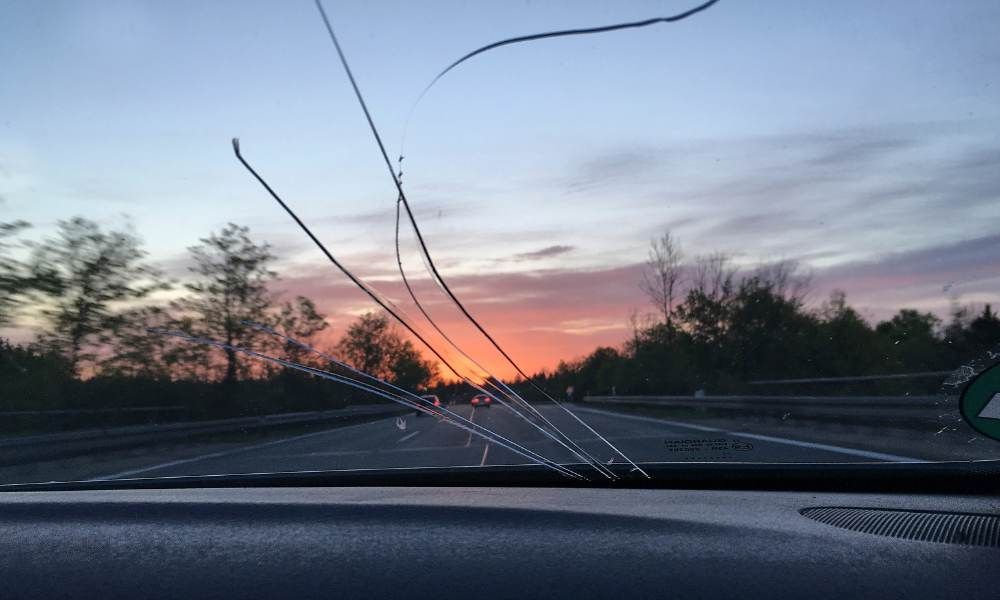
How Arizona’s Climate Affects Windshield Cracks
Phoenix, AZ, is known for its scorching summer temperatures, sudden temperature drops at night, and dry, dusty conditions. These environmental factors create the perfect storm for rapid windshield crack expansion. If you’ve ever noticed a small chip quickly turning into a long crack, you’re not alone—Arizona’s unique climate accelerates windshield damage in ways that other regions don’t experience.
Understanding why this happens can help drivers in Phoenix take proactive steps to protect their auto glass and avoid costly replacements.
Why Windshield Cracks Spread Faster in Phoenix, AZ
Arizona’s relentless desert sun can push temperatures to soaring levels, often exceeding an intense 110°F. This extreme heat has a profound effect on your car, particularly on its windshield, which absorbs a significant amount of the scorching heat radiating from the sun.
1. Extreme Heat Expands the Glass
As the glass heats up, it undergoes expansion, causing any inherent vulnerabilities to become more pronounced. When a crack or chip is already present, this expansion process can exacerbate the damage, causing the weakened area to grow rapidly, sometimes within just a matter of minutes. Therefore, it’s crucial to stay vigilant about any existing imperfections in your windshield, especially during those sweltering summer days.
2. Sudden Temperature Changes Cause Stress
While Phoenix is widely recognized for its intense daytime heat, the desert nights deliver a refreshing contrast with significantly cooler temperatures, often dropping by 30°F or more. This rapid cooling of the atmosphere leads to the contraction of glass surfaces, which in turn puts considerable stress on any existing cracks. As a result, these cracks can expand further, leading to more extensive damage.
Many drivers are unaware that they may be inadvertently contributing to windshield damage. This often occurs when they abruptly blast cold air from the air conditioning system directly onto a hot windshield. The sudden and drastic shift in temperature—from the extreme heat of the glass to the icy blast of air—creates a phenomenon known as thermal shock. This thermal shock not only increases the likelihood of existing cracks expanding but can also create new ones, posing a significant risk to the integrity of the windshield overall.
3. Road Debris and Dust Erosion
Phoenix roads are notorious for loose gravel, sand, and debris, particularly during the dry season when the lack of rain exacerbates the conditions. This creates a precarious driving environment for motorists. Small chips can develop when rocks and gravel are kicked up by the tires of other vehicles, striking the windshield with surprising force.
Over time, the relentless combination of wind and dust erosion gradually wears down the edges of these chips, making them increasingly vulnerable to expanding into full-blown cracks that can obstruct visibility and compromise the integrity of the windshield. Regular maintenance and vigilance on the part of drivers can help mitigate these risks, but the challenging road conditions remain a constant concern for anyone navigating the streets of Phoenix.
4. Dry Air Weakens Glass Integrity
Arizona’s low humidity creates a unique environment that causes glass to become more brittle over time. Unlike in humid climates, where the presence of moisture can help to slow the expansion of cracks, the arid conditions of Arizona allow these imperfections to spread rapidly.
This is particularly true when dry air is coupled with heat stress, which can exacerbate the brittleness of the glass. The combination of these factors not only increases the likelihood of fractures but also makes it crucial for residents and businesses to take precautions to protect their glass installations from the harsh desert conditions.
5. Vibrations from Rough Roads and Highways
Interstate 10, the Loop 202, and various other freeways in the Phoenix area often contend with heavy traffic congestion and uneven road surfaces. This persistent gridlock, coupled with the prevalent wear and tear of the roads, significantly impacts the driving experience.
The constant vibration resulting from traversing rough patches, deep potholes, and ongoing construction zones places added stress on vehicle components, including windows and windshields. Over time, this relentless jostling can weaken the glass, leading to a higher likelihood of existing cracks worsening and potentially creating new damage that could jeopardize safety and visibility on the road.
How to Prevent Windshield Cracks from Spreading in Phoenix
If you’ve noticed a chip or small crack in your windshield, taking action immediately can prevent it from spreading:
✔
Park in the Shade or Use a Windshield Sunshade – Reducing heat exposure limits glass expansion.
✔
Avoid Blasting Cold Air Directly on the Windshield – Gradually cool your car’s interior to prevent thermal shock.
✔
Repair Chips Quickly – A professional windshield repair can stop minor damage from turning into a full crack.
✔
Drive Cautiously on Gravel Roads – Keeping a safe distance from large trucks reduces the risk of rock chips.
For more ways to protect your auto glass in Arizona’s extreme conditions, check out How does Arizona’s extreme heat affect windshields and auto glass?
Expert Windshield Replacement in Phoenix, AZ
If your windshield has already cracked beyond repair, it’s time to consider windshield replacement. Arizona law allows drivers to get a free windshield replacement with full glass coverage insurance—but only when working with a certified auto glass company.
At Diamondback Auto Glass, we specialize in fast, reliable windshield repair and replacement services in Phoenix. Our expert technicians use high-quality glass and advanced repair techniques to keep your windshield strong against Arizona’s harsh climate.
Schedule your windshield repair or replacement today!
Get In Touch
(623) 335-4008
2755 W Chandler Blvd
Chandler, AZ 85224
United States
- Mon - Sun
- -

